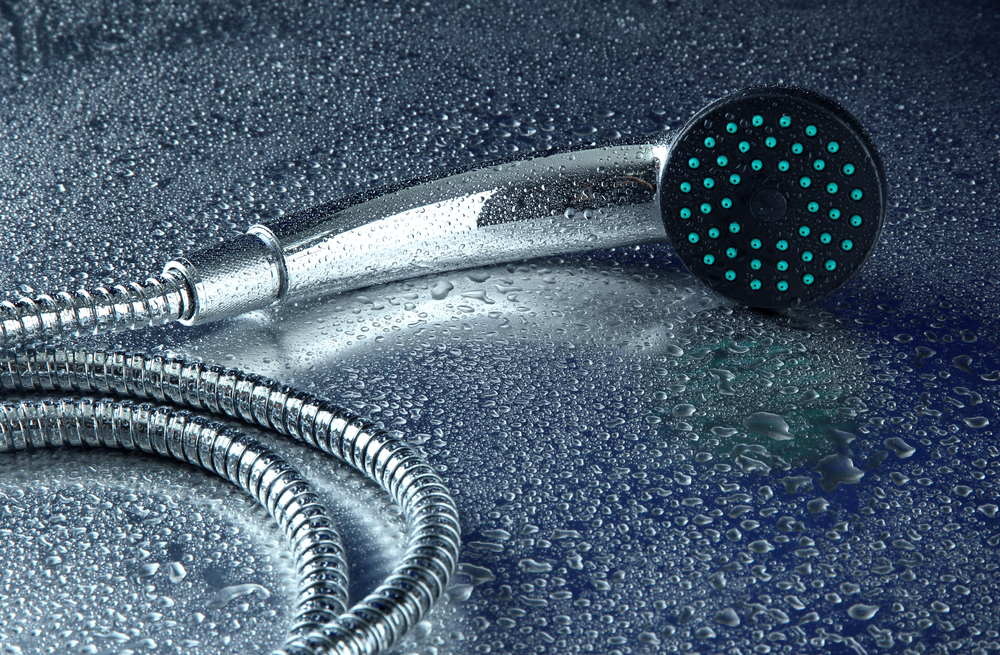Legionella testing and Landlords responsibilities

Legionella testing and Landlords responsibilities
Legionella testing and Landlords responsibilities may be confusing. As a landlord you are not legally obliged to test for Legionella. You are, however, required to ensure that the domestic water system in your properties is safe. A risk assessment will advise whether testing is a useful part of the domestic water system management. On the Health and Safety website we read:
‘There is a legal duty for landlords to assess and control the risk of exposure to legionella bacteria, but Health and Safety law does not require landlords to produce or obtain, a ‘Legionnaires testing certificate’.
In other words, as a landlord you do not have to test for Legionella. But you have to proof the water system in your property is free of Legionella. How to do it?
Legionella control in domestic properties
Domestic rentals can be divided into two types: those that use a water storage tank, and those that use mains water. The former carries higher risks. Water sitting in a cold water tank causes a build up of biofilm on the tank walls. Legionella breeds in the biofilm and can then infect and re-infect showers and taps which are fed from the tank. Hot water tanks are less of a problem if they keep the water at higher than 55°C which kills the bugs. Cold water has to be kept below 20°C to control Legionella growth. In summer this can be very difficult to achieve. Flaws in the combined hot and cold water system design often mean that hot water pipes heat the cold water. This is bad news for Legionella control and it can be useful to carry out a test to check if the Legionella is under control.
Showers are the main source of Legionella in domestic properties
Showers are the main source of Legionella dispersal in domestic water systems. If showers are not being used regularly e.g. between tenancies or holidays, this can present a moderately high risk scenario. Showers which are used infrequently are indeed a likely source of Legionella infection. The bacteria grow in the biofilm. Biofilm forms when the shower is not being used. The shower itself is a perfect means of dispersal of the aerosols that spread the Legionella bacteria. The shower head should be cleaned between each occupancy and tested either quarterly, to ensure that the cleaning is working, or at the same time as the shower head cleaning. It is important to understand that the whole water system can harbour Legionella. The shower head is indeed the main source of dispersal the Legionella. However, the bacteria can grow anywhere in the system, particularly cold water tanks.
How to test domestic water system
To test that a domestic water system is free of Legionella we suggest that the first and last outlet fed from the tank is tested. The first one allows you to check whether the tank is harboring Legionella. The last outlet in the system checks whether there is Legionella in the water pipework. A positive in either case indicates where the problem is. The treatment then can be planned accordingly. Repeat testing after treatment is recommended to ensure the system is clear of Legionella. A subsequent test after a week or two can be useful to ensure that there is not an internal source of re-infection. Once clear, revert to the planned testing and assessment cycle.
The role of rapid testing in domestic properties
Summarizing, Legionella testing and Landlords responsibilities may be confusing. You need to remember that although, testing may not be required by law, there is a legal duty to assess and control the risk of exposure to legionella bacteria. Testing is an easy and quick way to asses the risks and ensure that the water system is free from Legionella.
Now, with hydrosense rapid test kits, you can get results on-site in 25 minutes. The best kits for landlords are : single syringe test kit and industrial test kit .
Please watch the video below to see how easy it is test shower for Legionella at home (industrial kit has been used in this video) :